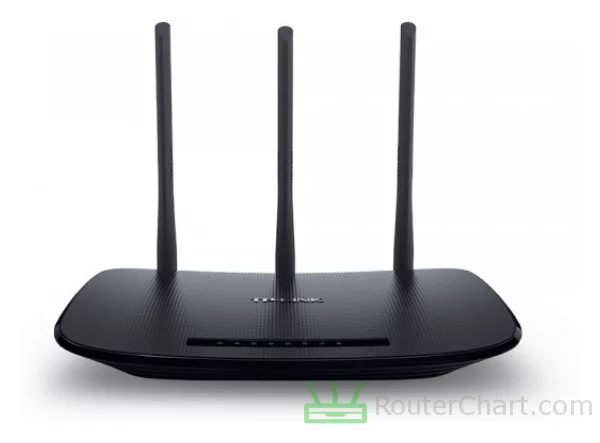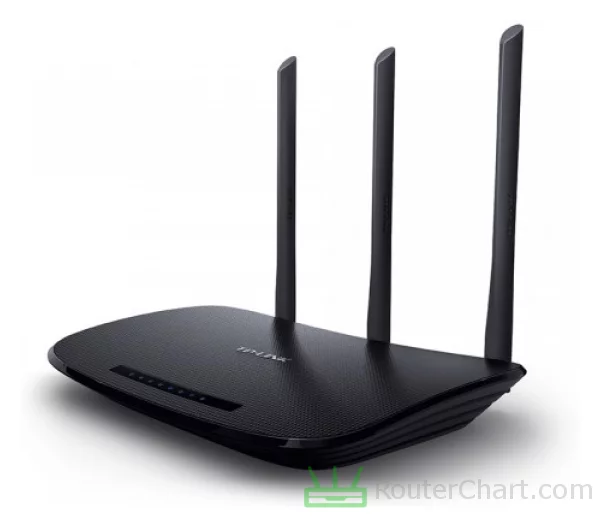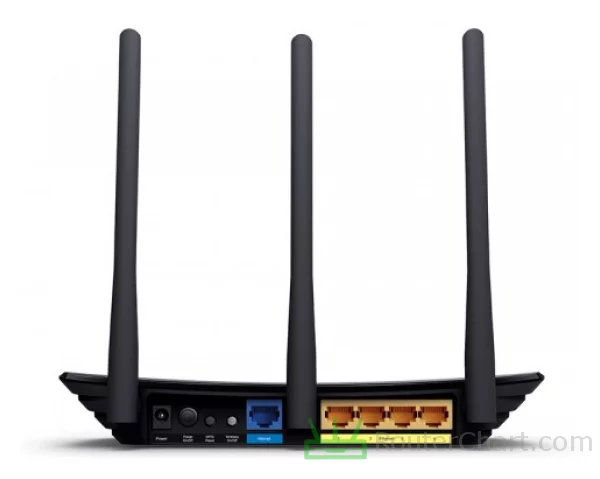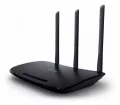TP-Link TL-WR940N v4 router review
TP-Link introduced the TL-WR940N v4 router in 2012. It is powered by Atheros AR7240 @ 400 MHz chipset, 32 MB of RAM, and 4 MB of flash memory.
Want to know if this TP-Link router stands out? Keep reading to know!
Table of Contents
- TP-Link TL-WR940N v4 specifications
- Body, dimensions, weight
- System, chipset, RAM, flash, power supply
- Network, protocols, WAN and LAN ports
- Wireless, antennas, speed, security
- Connectivity
- Administration, user interface, login information
- Links
- Verdict, Pros and Cons
- Photos
- Comparisons
Our personal experiences and opinions form the basis of this article. We aimed to share insights on a topic, and we hoped others would find it useful and inspirational. If you noticed any mistakes or missing details about the TP-Link TL-WR940N v4, please let us know.

If you need more features, you may want to consider better TP-Link routers. TP-Link has a history of introducing innovative features and technologies into its products.
TP-Link TL-WR940N v4 specifications
| Brand | TP-Link |
|---|---|
| Name | TL-WR940N v4 |
| Type | TL-WR940NV4 |
| Rating | |
| Launch | 2012 |
Body
| Dimensions | 230 x 144 x 35 mm |
|---|
If you plan to move a lot and need to take your router with you, the size is important. Otherwise, the size isn't too crucial.
System
| Chipset | Atheros AR7240 @ 400 MHz |
|---|---|
| RAM | 32 MB |
| Flash | 4 MB |
| OS | TP-Link |
| Alternative OS | OpenWRT DD-WRT |
| Power supply | 9 V / 0.85 A |
The Atheros AR7240 @ 400 MHz CPU provides processing power. The amount of RAM in a router affects its performance and ability to handle tasks and traffic. OpenWrt offers many customization options. They let users change and tailor their router's functions to their needs.

Network
| Protocols | IPv4 |
|---|---|
| LAN ports | 4 x 10/100 Mbps |
| WAN ports | 1 x 10/100 Mbps |
| Mobile network | no |
| VPN support | no |
The TL-WR940N v4 features a Fast Ethernet WAN port that has a maximum speed of 100 Mbps.
Wireless
| Antennas | 3 x 5 dBi fixed |
|---|---|
| 2.4 GHz | yes |
| 5 GHz | no |
| 60 GHz | no |
| Standards | IEEE 802.11b/g/n |
| Class | N450 |
| Speed | 450 Mbps |
| Transmit power | 20 dBm |
| Security | WEP WPA WPA2 WPS |
| Guest network | no |
The TL-WR940N v4 is compatible with 2.4 GHz Wi-Fi networks. This is a Wi-Fi 4 router, with slower data transfer speeds. This can result in slower downloads, buffering, and reduced performance. The introduction of WPA2 (Wi-Fi Protected Access 2) improved upon WEP. It provides stronger security. The Wi-Fi Protected Setup (WPS) lets you join a safe wireless network with the push of a button or a simple PIN entry.

Connectivity
| USB ports | no |
|---|---|
| Print server | no |
| File server | no |
The TL-WR940N v4 router doesn't have file-server or print-server functionality.
Administration
| Default IP | 192.168.1.1 |
|---|---|
| Default username | admin |
| Default password | admin |
If you can't log in to your TP-Link router's setup panel, try resetting it. A reset can help you troubleshoot. It is highly recommended to change the default password of your TL-WR940N v4 router. Do this after the initial setup.
Links
| Official site | https://www.tp-link.com/ |
|---|
Pros and Cons
Every router, including this TP-Link one, has its good sides and not-so-good sides. Let's take a closer look at both to get a full understanding of what this router can do. Just remember, this is just what I think, and you might see things differently.
Pros
- OpenWrt compatible
- WPS friendly
Cons
- insufficient flash
- lack of Gigabit LAN
- Non-gigabit WAN port
- missing Wi-Fi 6 support
- lacks Wi-Fi 5 compatibility
- reduced Wi-Fi bandwidth
- incompatible with WPA3
- no USB connectivity
TP-Link TL-WR940N v4 photos




TP-Link TL-WR940N v4 comparisons
We've noticed that many of our visitors like to compare the TP-Link TL-WR940N v4 router with these popular models.
If there’s information about the TP-Link TL-WR940N v4 that you would like to see on this site, then write to us.
Updated: May 25, 2024





